Home > Company > Tire Safety > Choosing Tires > Determining Tire Size
Once you have determined it’s time to buy tires, you’ll need to know what size tires are correct for your vehicle. Depending on what you drive, you may be interested in how to find the right tire for your…
This information is usually inside your car’s doorjamb, in your owner’s manual. To ensure your current tire or a replacement tire you may be looking at matches your vehicle’s requirements, it will be good for you to understand how tire sizing works. You may have never paid attention to the string of numbers and letters on every tire, but it’s a gold mine of information.
If you’re unsure of how to read tire measurements from your tire walls, the information and graphics below will tell you how to read tire size, understand and interpret it. If you decide you want to substitute a new size or tire type, consult an authorized tire retailer who can expertly advise you, because many optional tire sizes may have different load capacities and could require wheels of a different rim width or diameter and different inflation pressure.
Not sure you need new tires? Our Tire Replacement Guidance article will help you determine whether it’s time to retire your tires.
Most passenger cars, SUVs and light pickups (1/2 ton and smaller) will come with tires that are either P-Metric or Euro-Metric. For P-Metric tires, you’ll see the letter “P” before the number sequence begins: P225/70R16 97H. P-metric is a designation standardized by the Tire and Rim Association for a “passenger car” tire type. For Euro-Metric there will be no preceding letter before the number sequence begins: 225/70R16 98H. Euro-Metric is a designation standardized by the European Tyre and Rim Technical Organization for a “passenger car” tire type.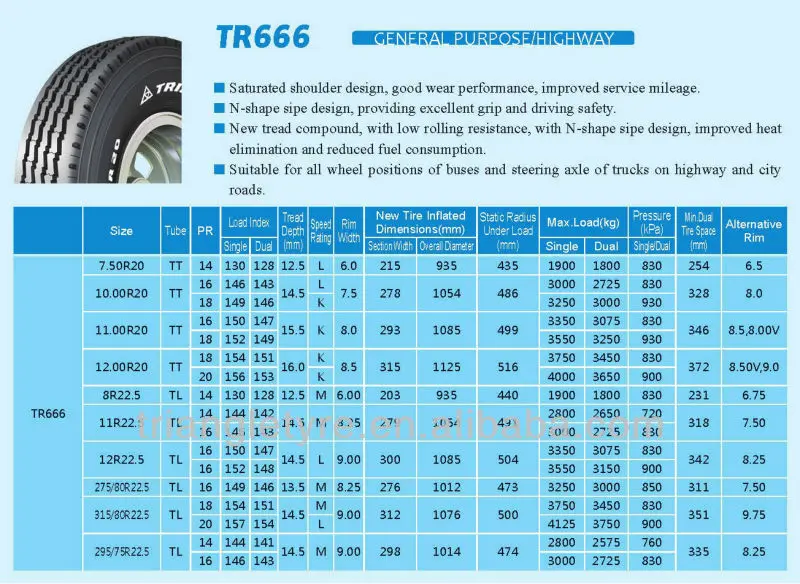 Both P-Metric and Euro-Metric size tires are designed to primarily be used on passenger vehicles, which can include cars, minivans, SUVs, and other light duty pickup trucks.
Both P-Metric and Euro-Metric size tires are designed to primarily be used on passenger vehicles, which can include cars, minivans, SUVs, and other light duty pickup trucks.
If your vehicle is an SUV, Pickup truck or van, you might see a different type of size designation on your placard that is specific for heavy duty light trucks and vans, especially common on ¾ ton and larger pickup trucks and vans. There are two common size types in this category, LT-Metric and Euro-Metric Commercial (aka C-type). Both size types are metric and so use the same structure as P-Metric and Euro-Metric but have some different characters in the size that differentiate them from their passenger car cousins. LT-Metric tires will have the letters “LT” before the size number sequence: LT245/75R17 119/116R Load Range E. Notice that there are two load index numbers and a Load Range, see the section on Load Index for more info. LT-Metric is a designation standardized by the Tire and Rim Association for a “light truck” type tire.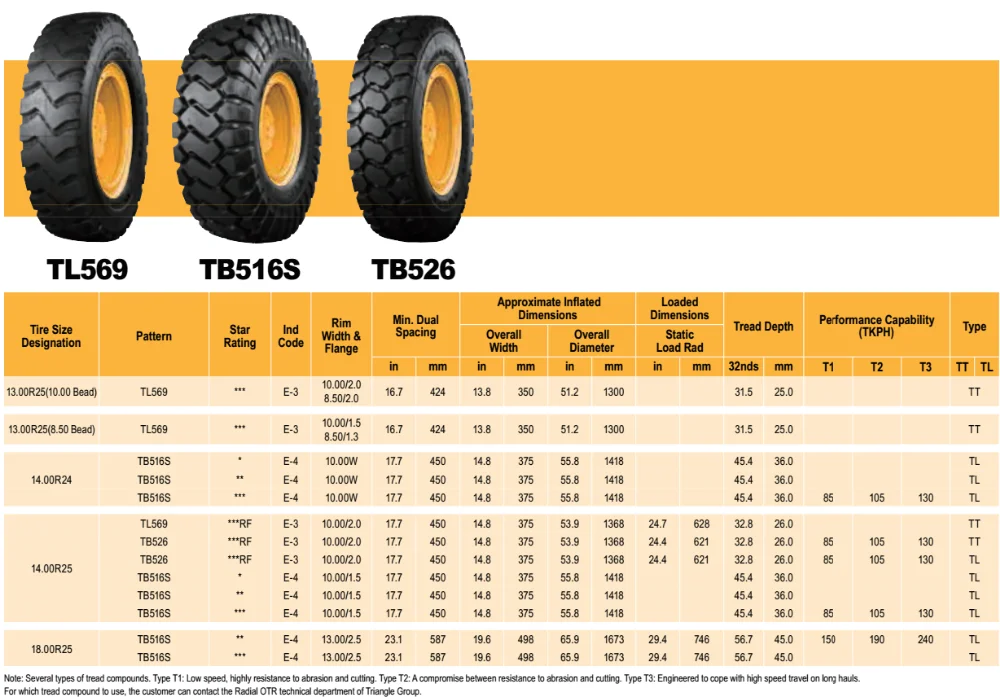 Euro-Metric Commercial or C-Type tires will look very similar to a passenger Euro-Metric size except that there will be a “C” right after the rim size: 23/65R16C 121/119R. Notice that the C-type tires also have two load index numbers. Euro-Metric Commercial, or C-Type is a designation standardized by the European Tyre and Rim Technical Organization for a light truck type tire. Light truck tires are designed to be used on vehicles capable of carrying heavy cargo and are usually only specified by a vehicle manufacturer on vehicles exceeding a certain load capacity.
Euro-Metric Commercial or C-Type tires will look very similar to a passenger Euro-Metric size except that there will be a “C” right after the rim size: 23/65R16C 121/119R. Notice that the C-type tires also have two load index numbers. Euro-Metric Commercial, or C-Type is a designation standardized by the European Tyre and Rim Technical Organization for a light truck type tire. Light truck tires are designed to be used on vehicles capable of carrying heavy cargo and are usually only specified by a vehicle manufacturer on vehicles exceeding a certain load capacity.
Other types of tires that fall into the Metric sizing type are Temporary Spares, they start with “T”. If you see a size that starts with “ST,” that means “special trailer” and is only for use on a trailer.
Regardless of whether you are looking at a P-Metric, Euro-Metric, LT-Metric, Euro-Metric Commercial, T or ST tire the numbers in the size mean the same thing.
The first number to appear in your tire size information is the width, in millimeters, of the correct tires for your vehicle: P225/70R16 91S.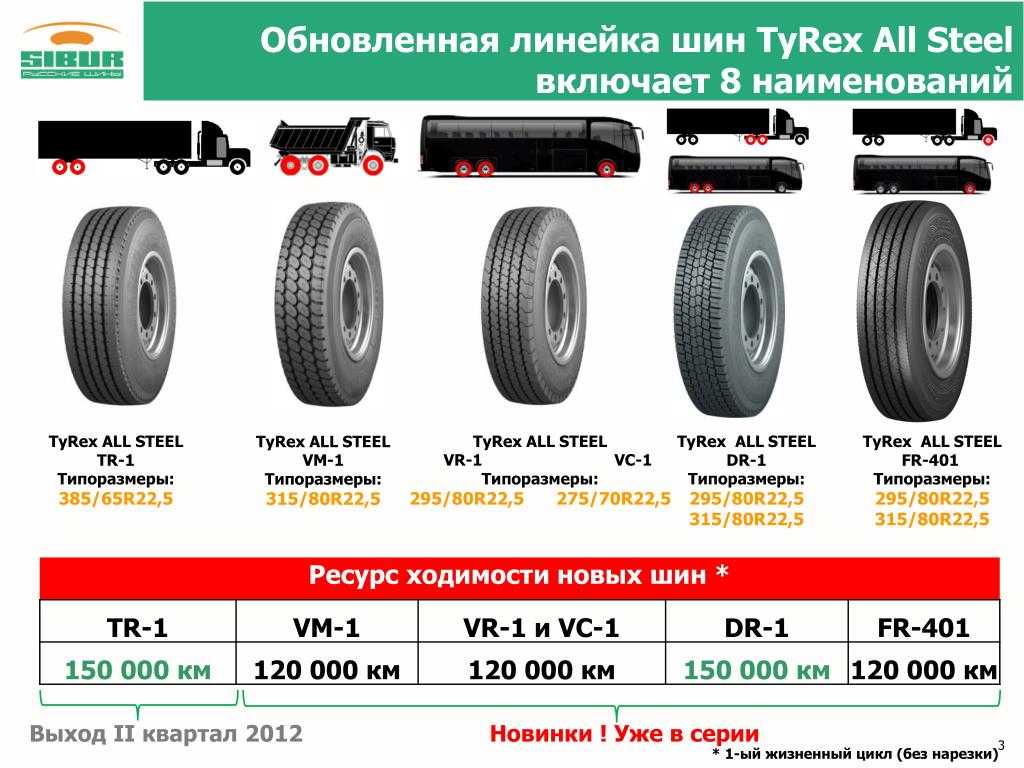
Tire width always refers to the measurement from one sidewall to another. Thus, a tire with the measurement “P225” is for a passenger vehicle and has a nominal width of 225 millimeters.
After the slash mark, the next number you see is for the tire’s aspect ratio, which essentially tells you how tall your tire’s profile is: P225/70R16 91S. Aspect ratios are delivered in percentages. Tire makers calculate the aspect ratio by dividing a tire’s height off the rim by its width. If a tire has an aspect ratio of 70, it means the tire’s height is 70% of its width.
Lower aspect ratio tires, such as a 60 series, generally offer vehicle handling performance advantages over higher aspect ratio tires, such as a 75 series, but a typical trade off can be ride harshness.
After the aspect ratio comes a letter that indicates the type of internal construction maintaining your tire’s stability: P225/70R16 91S.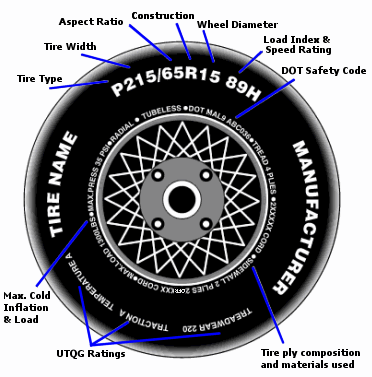
There are two types of construction that you may see on the sidewall of a tire:
Radial tires are the most common tires on the road in the United States today; thus “R” will usually be shown in the tire size designation. Radial construction means the tire’s internal ply cords are oriented in a radial direction, from one bead over to the other, essentially perpendicular to the direction of rotation. You may also occasionally see RF indicating a run flat tire or ZR indicating a tire that is a speed rating higher than V.
The next number is the diameter code, in inches, of the rim onto which the tire can be mounted. For example, a tire with the P225/70R16 91S would fit a rim with a 16-inch diameter.
Load index can be a confusing subject because there are so many different caveats, but we will try to explain everything here.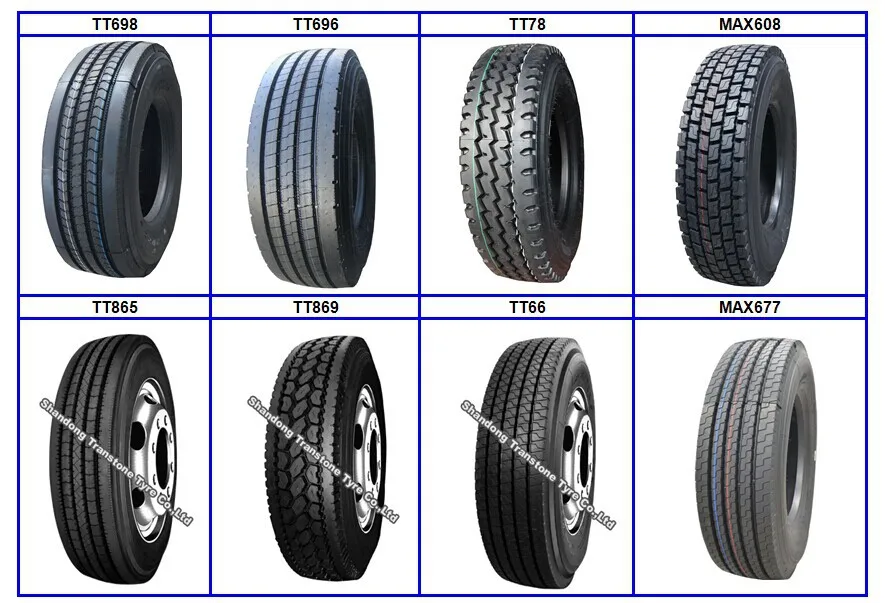
The next figure after the rim size in the sequence is your tire’s load index, which tells us how much weight, in pounds, the tire can support when fully inflated: P225/70R16 91S
We call it the load “index” because the number doesn’t tell us the precise number of pounds the tire can carry, at least not by itself. However, the number does correspond to a specific load capacity listed in an index. Beginning with 1 and ending with 150, numbers in the load index represent carrying capacities of 99 to 7385 lbs.
There are two types of load types for passenger tires though, Standard Load and Extra Load. If a tire is Standard Load there will be no markings indicating it but if it is Extra Load the letters XL will appear after the size and load index.
Standard Load Euro-Metric: 215/55R17 94V
Extra Load Euro-Metric: 215/55R17 98V XL
Passenger car tires like P-Metric and Euro-Metric will only have one load index number where LT-Metric and Euro-Metric Commercial (C-Type) will have two numbers separated by a slash. The first number is the load index if the tire is used in a single application, the second number is the load index if the tire is used in a dual application. Passenger type tires cannot be used in a dual application. Light truck tires will also have a Load Range that is indicated by a letter, such as Load Range E. Load Range is an older term that is still commonly used in the industry so you may hear your tire dealer reference it but the load index numbers are the best way to ensure you have the proper tire.
The first number is the load index if the tire is used in a single application, the second number is the load index if the tire is used in a dual application. Passenger type tires cannot be used in a dual application. Light truck tires will also have a Load Range that is indicated by a letter, such as Load Range E. Load Range is an older term that is still commonly used in the industry so you may hear your tire dealer reference it but the load index numbers are the best way to ensure you have the proper tire.
One important but often misunderstood facet about load index is that the load index numbers between standards organizations (P-Metric vs Euro-Metric) are not necessarily on the same scale. Meaning that two tires in the two different systems that have the same load index number could have different maximum load capacities. This is why it’s important to not only look at the load index number but also verify the actual load capacity.
The final figure in a tire size sequence is the speed rating, which is indicated by a letter: P225/70R16 91S.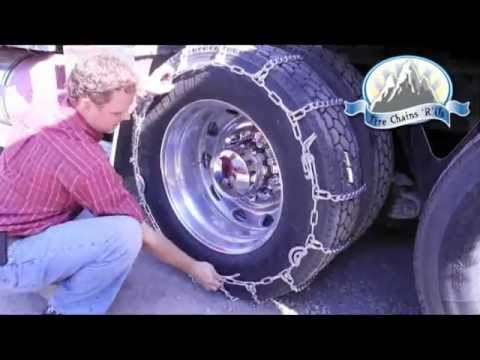 Just as your load index number corresponds to a specific load, your speed rating letter corresponds to a particular speed capability based on a standardized laboratory test.
Just as your load index number corresponds to a specific load, your speed rating letter corresponds to a particular speed capability based on a standardized laboratory test.
For example, a tire with speed rating “S” is rated for up to 112 mph, while a tire rated “R” is up to 106 mph. Remember that this isn’t a recommended cruising speed. Of course, you should always follow legal speed limits on roadways.
Replacement tires must have the same or higher speed rating as the vehicle’s Original Equipment to maintain vehicle speed capability. If a vehicle has tires with different speed ratings, it is the speed rating of the “slowest” tire that dictates the vehicle top speed.
There is one last sizing type that you should know about, especially if you are in the market for off road tires for a light truck or SUV. It’s called a Flotation size and the numbers in this sizing format are very different from the Metric formats. Flotation sized tires are similar to LT-Metric tires in application except for a few important points. Number one, they cannot be used in dual applications and number two, an equivalent size tire may have different load capacity than its LT-Metric counterpart.
Flotation sized tires are similar to LT-Metric tires in application except for a few important points. Number one, they cannot be used in dual applications and number two, an equivalent size tire may have different load capacity than its LT-Metric counterpart.
The first number in the Flotation tire size is the overall diameter in inches. Pretty straight forward.
The second number is the section width (sidewall to sidewall) measurement in inches. Again, fairly simple.
After the section width comes a letter that indicates the type of internal construction: 33X12.50R17LT 120Q.
This is the same as is found in the metric sizing systems.
There are two types of construction that you may see on the sidewall of a tire:
Radial tires are the most common tires on the road in the United States today; thus “R” will usually be shown in the tire size designation.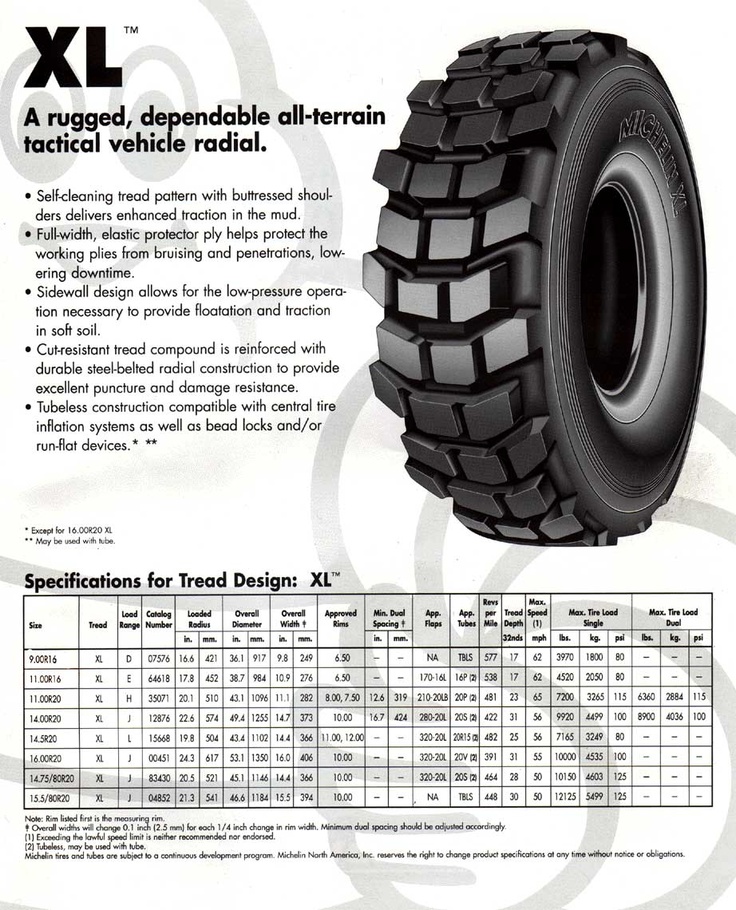 Radial construction means the tire’s internal ply cords are oriented in a radial direction, from one bead over to the other, essentially perpendicular to the direction of rotation.
Radial construction means the tire’s internal ply cords are oriented in a radial direction, from one bead over to the other, essentially perpendicular to the direction of rotation.
The next number is the diameter code, in inches, of the rim onto which the tire can be mounted. For example, a tire with the 33X12.50R17LT 120Q would fit a rim with a 17-inch diameter.
The letters LT will be after the Rim Diameter indicating that this tire type is intended for Light Truck vehicles similar to the LT-Metric and Euro-Metric Commercial (C-Type) tires.
Load Index and Speed Rating have the same meaning and format as the tires using the metric sizing system. Note that since flotation tires cannot be used in a dual application there will be only one load index number instead of two.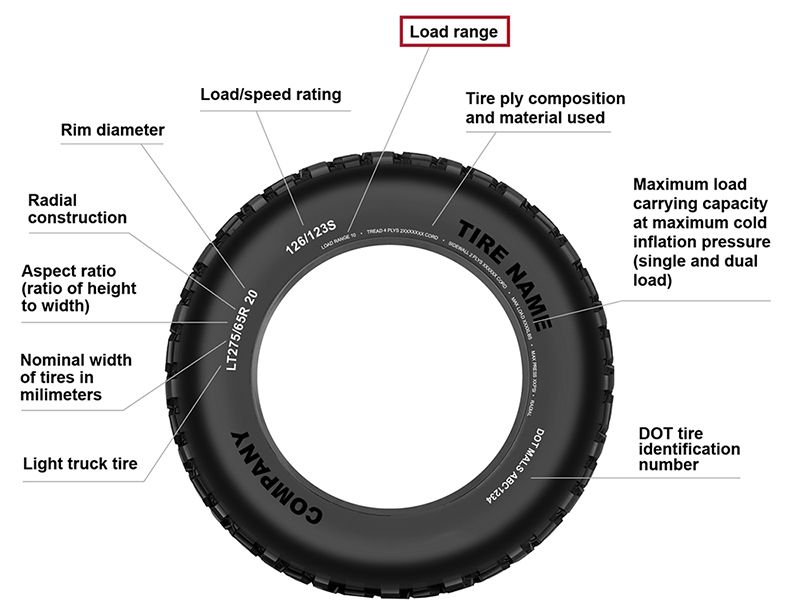
Another group of stamping on certain types of tires is the Uniform Tire Quality Grading or UTQG. This grading and stamping is required for passenger car tires (i.e. P-metric and Euro-metric) in the all season and summer categories. Dedicated winter tires, Light Truck (LT-Metric, Euro-Metric Commercial, Flotation) and Motorcycle tires are excluded from this requirement.
Quality grading is designed to make the tire purchase decision easier for you. Ideally, the system is intended to provide simple, comparative data so you can make an intelligent buying decision. However, the ratings are based upon test results achieved under special conditions. This means it’s possible to misinterpret the comparative data as it relates to your individual driving habits, conditions, etc. You should still rely on your service or tire professional for assistance.
Quality grading designates the comparative performance levels of a tire based on government-specified tests but commissioned by the individual tire manufacturers.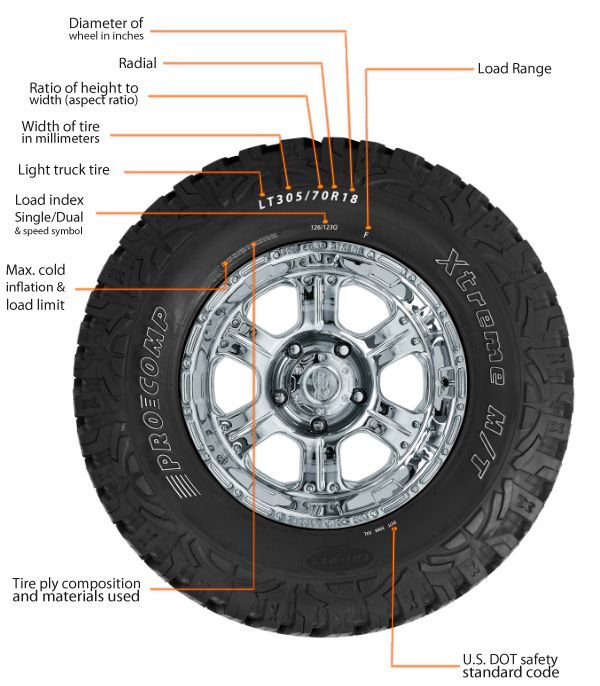 All tire manufacturers are required to grade regular and all-season passenger tires in three categories:
All tire manufacturers are required to grade regular and all-season passenger tires in three categories:
UTQG
Treadwear
The treadwear grade is a comparative rating based on the wear rate of the tire when tested under controlled conditions on a specified government test course for 6,000 miles (9,600 km). For example, a tire graded 150 would wear one and a half times as well on the government course as a tire graded 100. However actual tire performance depends on driving habits, road characteristics, service practices, and other factors that can influence the outcome.
Traction Grades AA, A, B and C
The traction grades from highest to lowest are AA (the highest), A, B and C. They represent how well tires stop on wet pavement as measured under controlled conditions on specified government test surfaces of asphalt and concrete. C-rated tires will have the lowest traction performance.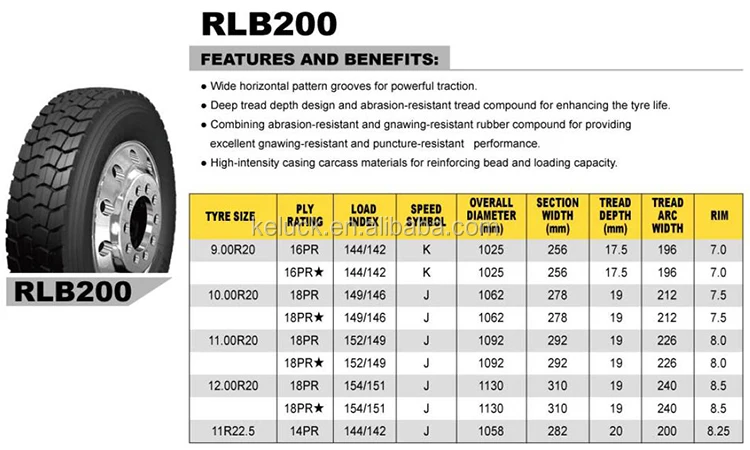
WARNING: THE TRACTION GRADE ASSIGNED IS BASED ON A WET BRAKING (STRAIGHT AHEAD) TRACTION TEST AND DOES NOT INCLUDE CORNERING (TURNING) TRACTION.
Temperature Grades A, B and C
The temperature grades A, B, and C represent the tire's resistance to the generation of heat and its ability to dissipate heat when tested under controlled conditions on a specified indoor laboratory test wheel. Sustained high temperature can cause the tire’s material to degenerate and reduce tire life, and excessive temperature can lead to sudden tire failure. The grade C corresponds to a performance level all passenger car tires must meet under the Federal Motor Vehicle Safety Standard No. 109. Grades A and B represent higher levels of performance on the laboratory test wheel than the minimum required by law.
WARNING: THE TEMPERATURE GRADE IS ESTABLISHED FOR A TIRE THAT IS PROPERLY INFLATED AND NOT OVERLOADED. EXCESSIVE SPEED, UNDER INFLATION, OR EXCESSIVE LOADING, EITHER SEPARATELY OR IN COMBINATION, CAN CAUSE HEAT BUILDUP AND POSSIBLE TIRE FAILURE.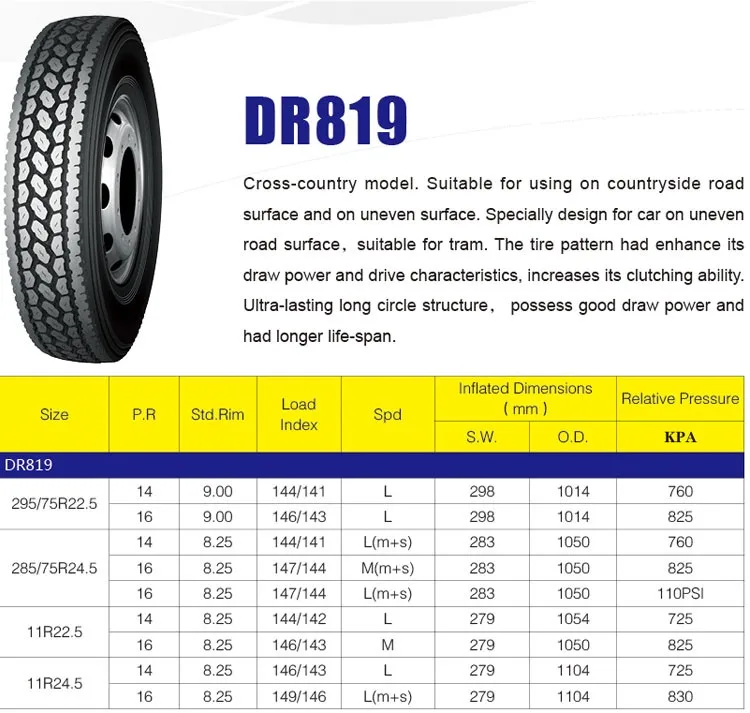
DOT Quality Grades
All passenger car tires must conform to other federal requirements in addition to these grades.
Learn about our mission, our achievements, and our ongoing commitments
Read Our Origin Story
Pickup trucks and SUVs are available in different load carrying capacities. Compact pickups often feature 1/4 ton (226 kg) capacity while full-size pickups feature 1/2 (453 kg), 3/4 (680 kg) and 1 ton (907 kg) capacities. Full size SUVs are often available in similar load capacities. It is easier to "overload" a pickup truck than a passenger car, so tires on pickups and SUVs are more likely to experience additional stress. experience additional stress.
Switching from P-Metric/Euro-Metric to LT-Metric/Flotation
Many pickups and SUVs (especially compact and ½ ton) will come with P-Metric or Euro-metric tires as original equipment.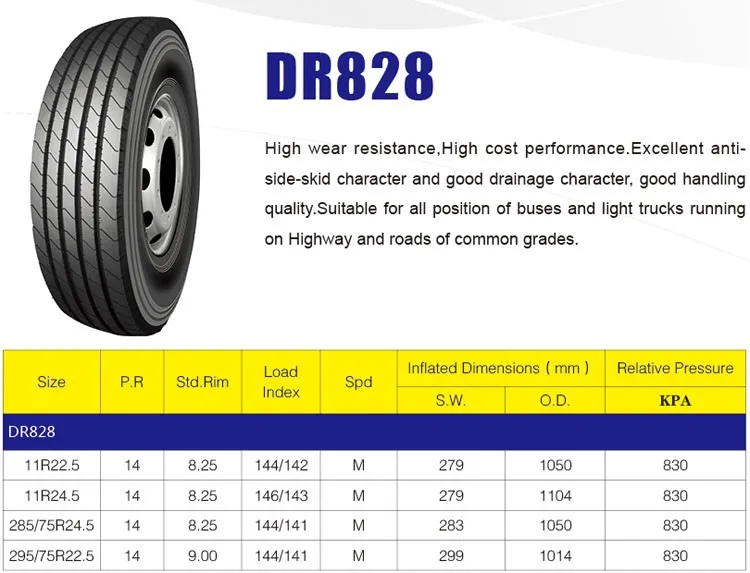 These tires are selected by the vehicle manufacturer to meet the load capacity of the vehicle and so an equivalent replacement tire of the same size, load capacity and speed rating is of course appropriate. However, in some cases it may be desirable to switch from a P-Metric or Euro-Metric to an LT-Metric or Flotation size tire. Some of the benefits to switching to an LT tire can include:
These tires are selected by the vehicle manufacturer to meet the load capacity of the vehicle and so an equivalent replacement tire of the same size, load capacity and speed rating is of course appropriate. However, in some cases it may be desirable to switch from a P-Metric or Euro-Metric to an LT-Metric or Flotation size tire. Some of the benefits to switching to an LT tire can include:
Notice that none of the benefits include increased load capacity. That is because no matter what tire you put on your truck, the vehicle itself has a load capacity that should not be exceeded.
There are some important points to consider before deciding to switch your pickup or SUV from P-Metric or Euro-Metric to an LT type tire (LT-Metric or Flotation).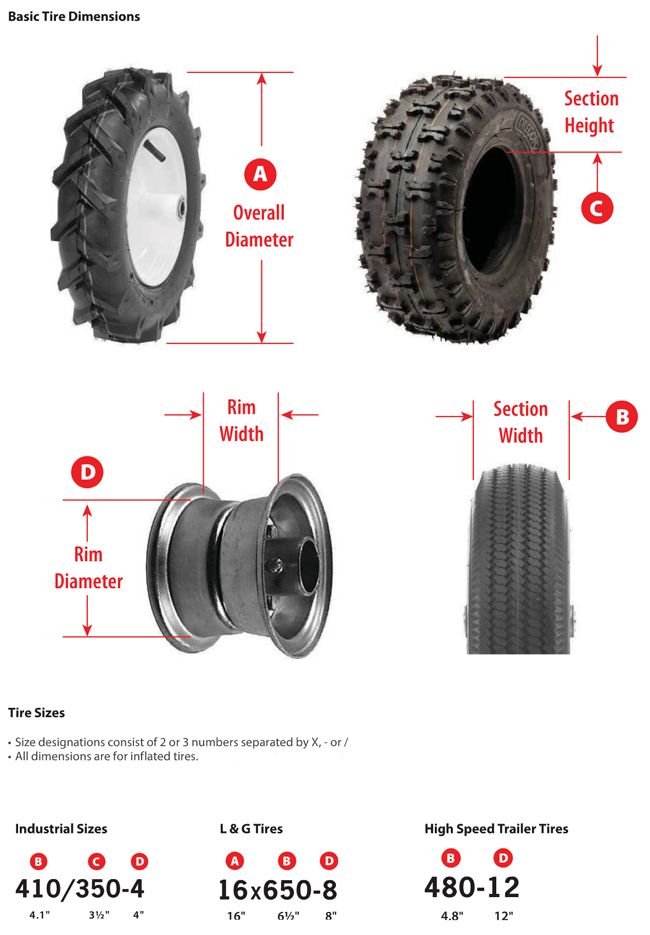
To determine the proper inflation pressure of LT tires on your vehicle use the following procedure:
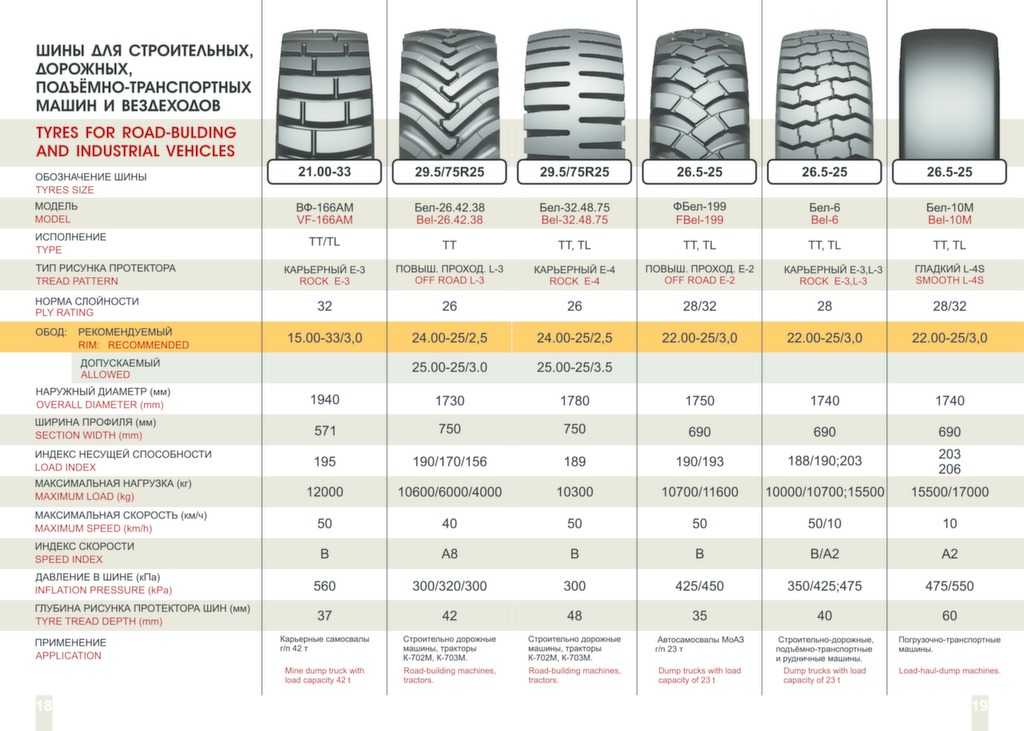
Replacing LT-Metric/Euro-Metric Commercial (C-Type)
If your truck or SUV is ¾ or 1 ton capacity then it likely came from the factory with LT type tires. OE LT tires should never be replaced with passenger type tires, they do not have enough load capacity and are not designed to have the same load handling characteristics that your vehicle was intended for.
Also of consideration, if your vehicle has dual rear wheels, LT-Metric or C-Type tires should not be replaced with Flotation tires even if they are of equivalent physical size. Flotation tires are not intended for dual application and do not have dual load index stamping.
Trucks and SUVs tend to have a higher center of gravity than passenger cars. Ground clearance is important for trucks being driven off-road, and the only way to add clearance under the axles is to install taller tires. Designing the truck around taller tires results in a tall vehicle package and a higher center of gravity (with more body roll and load transfer), making the tires work harder, especially under braking and cornering situations and can make the vehicle less stable.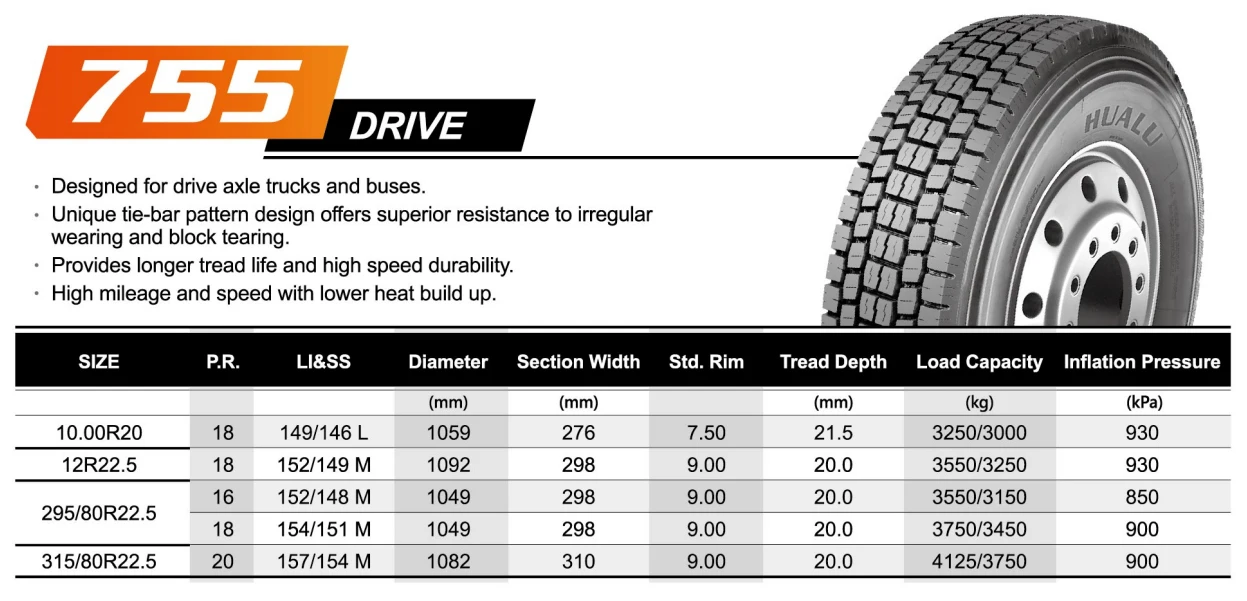
Learn about our mission, our achievements, and our ongoing commitments
Read Our Origin Story
Main Page→→
Solid metal truck tires
Of course, finding truck tires that meet all requirements at the same high level is quite difficult. The closest thing to this came all-metal truck tires (TsMK tires), which, after conquering Europe, are actively conquering the Russian truck tire market.
In the SMC tire, both the carcass and the breaker are pierced with thin wire, while the rubber is made of natural, not artificial rubber. As a result, all-steel tires last much longer than conventional truck tires and have excellent directional stability. Their only drawback is their relatively high cost. nine0003
In Russia, all-metal truck tires are produced by a plant in Nizhnekamsk under the KAMA brand, which cooperates under an off-take agreement (that is, it produces tires under several brands at one plant) with Continental. Of the advantages of all-steel tires, it is worth paying attention to the fact that they allow you to increase the load capacity by up to 10% and reduce fuel consumption by up to 15%.
Of the advantages of all-steel tires, it is worth paying attention to the fact that they allow you to increase the load capacity by up to 10% and reduce fuel consumption by up to 15%.
Universal truck tires
Before - in Soviet times - all truck tires were universal, that is, the same rubber was made for all axles. Why now truck tires often require a separate installation site - steered wheels, drive axle and trailer wheels? If the old KAMAZ cannot boast of carrying capacity and fast speed, then modern trucks can be loaded with more cargo and reach speeds higher than cruising, and as a result, the load on truck tires is distributed extremely unevenly. nine0003
Therefore, on a main tractor, truck tires on the steering axle, which are operated under a load of 5-7 tons and are responsible for good truck handling, must differ from truck tires on the drive axle, where they operate under a load of more than 11 tons per axle. The tire, which is used to equip a classic three-axle euro truck with a single-tire tire, is required to carry a load of up to 6 tons per wheel.
But do not assume that universal tires for trucks are out of circulation - they are quite economical and their use on Russian trucks is justified. In addition, many tire manufacturers still not only produce, but also continue to develop models of universal truck tires. Among them are the products of the Continental concern, which produces excellent models of universal tires Continental HSL and Continental HSL2, designed for long-distance transportation. nine0003
Low profile, wide profile truck tire
According to their structure, truck tires are divided into low-profile, ultra-low-profile and wide-profile. This parameter is determined by the ratio of the height to the width of the tire profile. The lower the profile of the truck tire, the greater the stability of the car, better handling and smoothness, but the wide profile truck tires provide increased flotation on roads with soft soil or poor pavement and slightly reduce fuel consumption. nine0003
Truck tire pressure
Reduced pressure in truck tires, as well as in car tires, is a necessary parameter that must be monitored periodically so that tires do not fail prematurely, and driving does not cause inconvenience.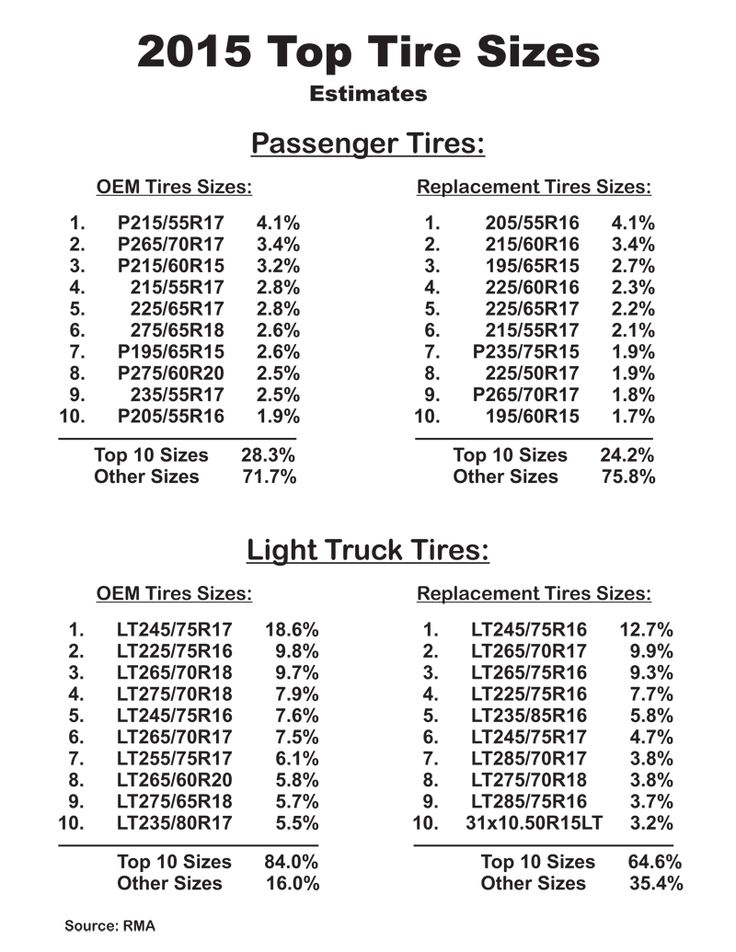 For example, a study conducted by Continental technicians among Russian fleets showed that about 90% of tires are damaged due to insufficient pressure. Therefore, if a pressure sensor is not installed on the truck wheels, the pressure in the truck tires should be checked at least twice a month. nine0003
For example, a study conducted by Continental technicians among Russian fleets showed that about 90% of tires are damaged due to insufficient pressure. Therefore, if a pressure sensor is not installed on the truck wheels, the pressure in the truck tires should be checked at least twice a month. nine0003
Truck tires China
As we already mentioned, among the huge number of requirements for truck tires, great importance is given to the financial side of the issue. And here truck tires from China come to the fore. If earlier Chinese production was associated with low quality products, today the situation has changed for the better. Such, for example, are the truck tires of the Cooper Chengshan corporation, which is a joint venture between Cooper Tire and the Rubber Company (produces truck tires under the brands Starfire, Dean, Autostone, Chengshan, Fortune). It is also worth noting truck tires TECHKING . The company makes a serious bet on the quality of its products, ordering components in other countries and paying great attention to quality control.
Drivers of special vehicles, trucks, buses and vans have to change tires from time to time. When choosing and buying truck tires for a vehicle, do not forget about the features of trucks that distinguish them from passenger models. Truck tires are characterized by increased wear resistance, high load capacity and have a longer service life. nine0049
This rubber has more layers, which has a positive effect on the efficiency of equipment in difficult conditions. Tires also have increased wear resistance. When choosing tires for small vehicles, pay attention to tires with polymer additives. And if you need tires for transport with a large load capacity, models with a reinforcing steel cord will be the best option.
Usually special tires for commercial vehicles are universal. For them, the manufacturer applies a deeper and larger tread pattern - because often special equipment has to slip. Tires for trucks can be divided into combined, regional and trunk. The range of such tires differs in the composition of the rubber compound. Let's talk about the differences in the pattern of truck tires:
The range of such tires differs in the composition of the rubber compound. Let's talk about the differences in the pattern of truck tires:
• Herringbone. The most common option for those cars that have to drive off-road. These tires are equipped with lugs that make it easy to move both on the ground and on the snow.
• Center pattern - ideal for machines whose primary function is logging or industrial use. This tread is versatile and provides a good ride on dirt roads and trails.
• Diamond tread - typically used in tires for good road surfaces. Due to the optimal pattern, tires with this tread have a positive effect on fuel consumption, a car with them moves easily and has stable handling. nine0003
• Winter tires have a deeper pattern and increased hardness. In order for the car to move on broken roads, opt for wide-profile tires. Radical designs will be an excellent option for high-quality grip. Diagonal tires should be chosen by those drivers who drive agricultural machinery.